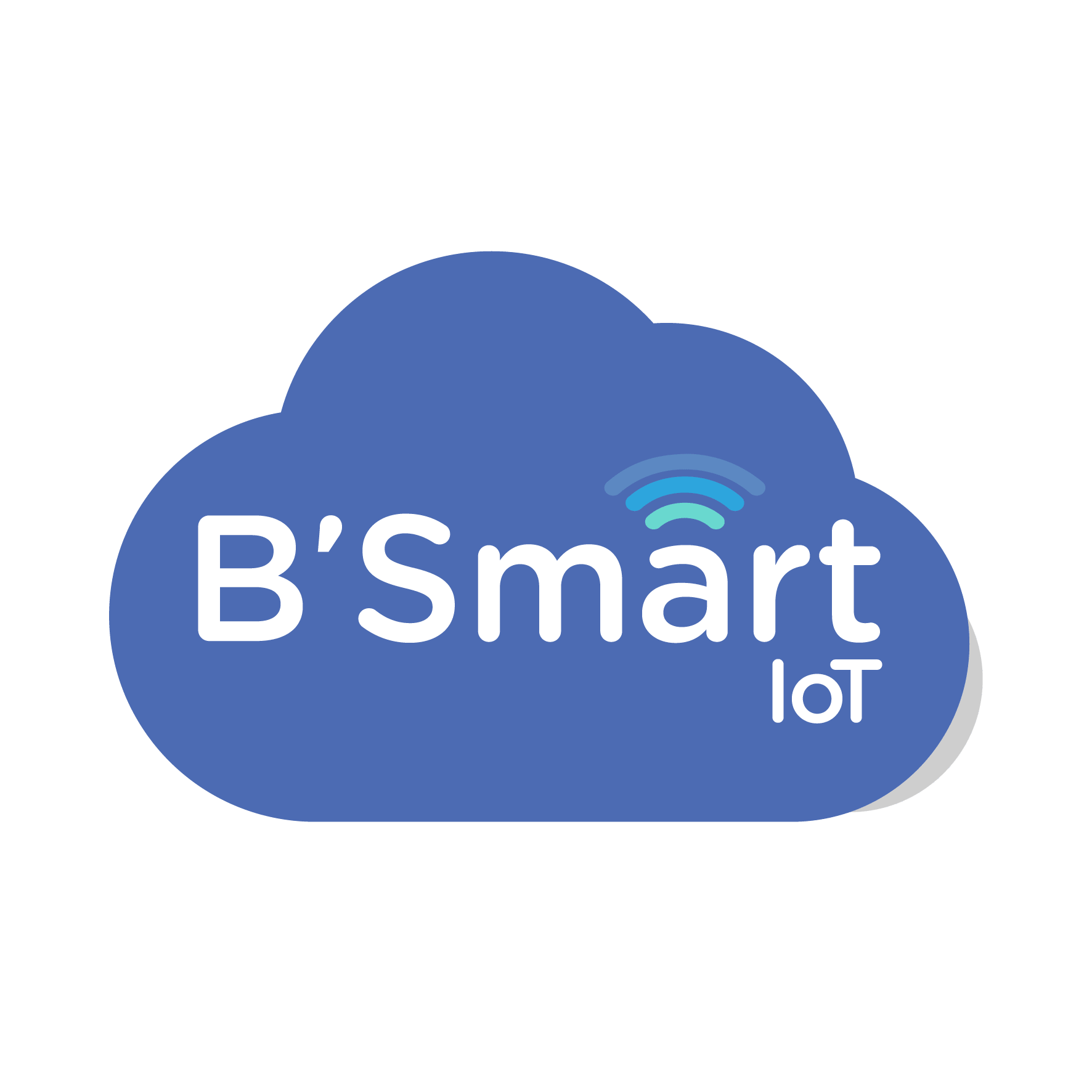🔋 GPS device battery consumption: How long does the battery of a machine really last when it is stopped?
One of the most common questions we receive is:
“Does the fleet digitizing system discharge the battery when the machine is stopped?”
Many customers are concerned about the battery consumption of the GPS device when the machine is not in use.
In this article we explain, with real data and a practical example, how much an IoT device such as the Teltonika TFT100 really consumes and why its impact on the battery is minimal. 👇
⚙️ The context
Let’s take as a reference a 45 kVA diesel generator, which uses a 12 V – 150 Ah battery, a very common configuration in this power range.
The Fleet Digitizing device (e.g., a Teltonika TFT100) is configured to:
-
Communicate once every hour when the machine is stopped.
-
Automatically enter “Ultra Deep Sleep” mode the rest of the time.
This is a typical configuration that optimizes the battery consumption of the GPS device without losing connectivity.
📉 Actual consumption
-
Consumption of the TFT100 in Ultra Deep Sleep mode: ≈ 8 mA
-
Natural self-discharge of the battery: ≈ 3-4 mA equivalent (3-5 % per month)
➡️ Estimated average total consumption: ~ 12 mA
This shows that the battery consumption of the GPS device is extremely low when the deep sleep mode is used correctly.
🧮 Calculation
We want to know how long it would take for the battery to reach 50% of its useful capacity, a reasonable threshold to maintain the starting capacity of the engine:
Time=(150Ah×0.5)/(0.012A×24h)≈260dıˊasTime = (150 Ah × 0.5) / (0.012 A × 24 h) ≈ 260 days.
🔹 ≈ 8-9 months of autonomy before reaching 50% charge, without starting the engine.
🔹 In real conditions (temperature, aging, leakage), 4-6 months without risk of critical discharge.
⚡ But… why does it sometimes download?
In most cases, the battery is not discharged by the consumption of the GPS device, but by the machine’s own electrical leakage:
-
electronic control modules,
-
displays, relays or sensors always powered,
-
various leaks in the electrical circuit.
These passive consumptions – often invisible – can add up to tens of milliamps continuously, affecting the autonomy when the machine is stopped.
Therefore, in professional installations we recommend:
🔧 Connect the Fleet Digitizing device before (bypass) the battery disconnect,
so that the system can continue to monitor the machine even when the main switch is open.
This keeps the telemetry active and can detect discharge or start-up problems in time.
✅ Conclusion.
➡️ The battery consumption of the GPS device is minimal.
When the system is properly configured – with time communications and deep sleep mode – its impact is even less than the natural self-discharge of the battery.
In most cases, the discharges come from other circuits in the machine, not from the IoT device.
In other words:
📡 Digitization does not download: it protects, detects and optimizes.
💡 Practical recommendations
-
Activate the Ultra Deep Sleep mode when the machine is stopped.
-
Schedule spaced reports (once per hour or more).
-
Check the battery every 3-4 months if the equipment remains unused.
-
Connect the system before the battery disconnect to maintain active monitoring.
At B’Smart, we verify in the field that an efficient configuration makes it possible to maintain connectivity without affecting electrical autonomy.
✅ With a good installation and parameterization, digitization does not download: it optimizes.
📩 Do you have doubts about the battery consumption of the GPS device in your fleet?
Contact us and we will help you to configure it correctly.
